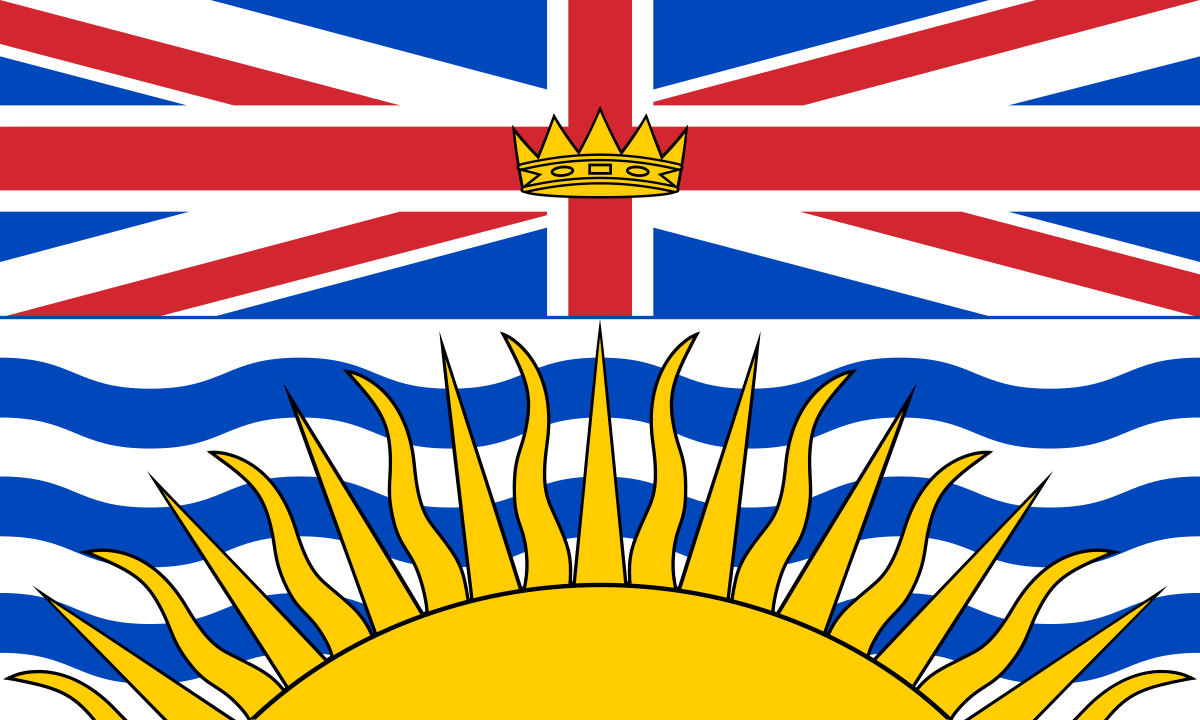British Columbia has finalized regulations to provide a minimum-wage and basic protections for ride-hailing and delivery workers using app-based platforms such as Uber, DoorDash and SkipTheDishes.
The Ministry of Labour says in a statement the regulations that will take effect on Sept. 3 are a first in Canada.
It says the changes are the result of years of engagement with various stakeholders, and they address workers’ top concerns, including low and unpredictable pay, tip protection and lack of workers’ compensation.
The new rules set the minimum wage for the time a worker is engaged in a job at $20.88 per hour, 20 per cent higher than B.C.’s general minimum wage.
The province says the rationale for adding the premium is that the minimum wage does not apply to the workers’ time spent waiting between assignments.
The rules will also ensure 100 per cent of customers’ tips go to the worker and establish a 35- to 45-cent minimum per-kilometre vehicle allowance to help workers cover their expenses, as well as coverage through B.C.’s workers’ compensation agency.
The regulations will also require platforms to show workers the locations and estimated pay for a particular job before they accept it, and the companies must provide a reason if a worker is suspended or terminated from their position.



Will a Lemmy user here in BC who sometimes orders rides or food from these apps conduct an experiment for us?
I want to see how much of a difference in price this will make between now and September. I doubt it will be much but an informal study would be interesting.
The issue is prices likely would go up regardless, they’ll just use this as an excuse.
Also, this:
is great, but gross it was ever the other way.
I’m not sure why anyone thought they wouldn’t just raise prices like they always do. They made 12 billion or whatever for 2023, I think they can handle paying some drivers in BC 20.88 an hour.
There’s many precedent of this. Seattle city itself recently had one and the surcharge was pretty insane. I’m expecting a large hike in price, with basically the consumers picking up the tab while the platforms continue to extract revenue from restaurants.